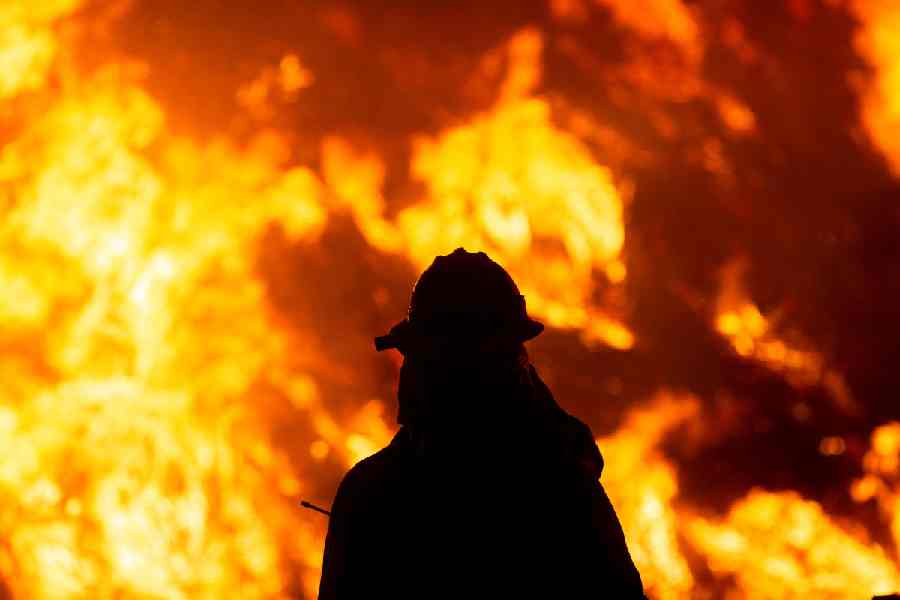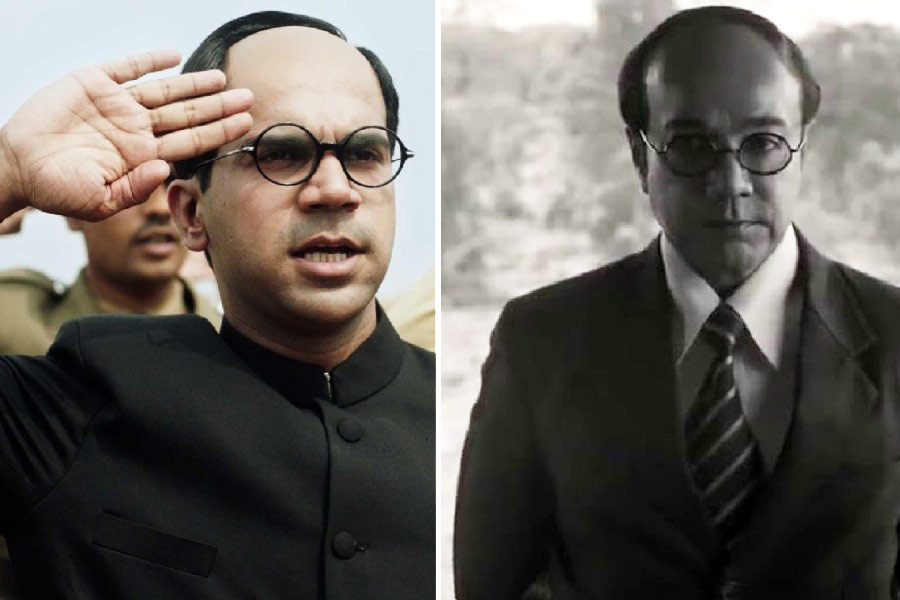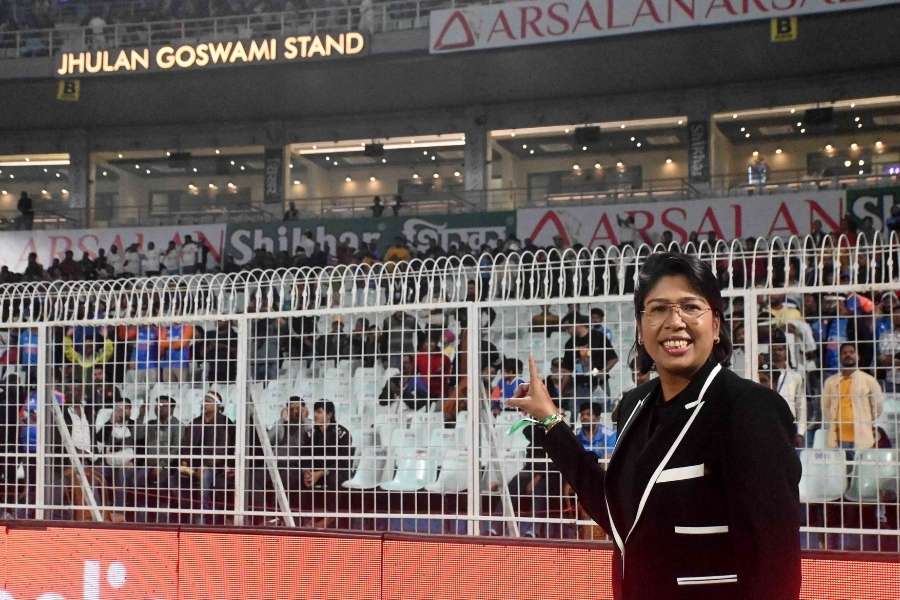 Thursday, 23 January 2025
Thursday, 23 January 2025
 Thursday, 23 January 2025
Thursday, 23 January 2025
In case you missed it, Jammu and Kashmir on Tuesday completed a three-phase state election with less poll-related violence than the average panchayat election in Bengal.
There is, of course, a caveat; there has been a noticeable increase in militancy-related incidents, specially in Jammu, and of security personnel being killed in gun battles this year. But then again, the valley has been a warzone for decades.
This was the first time Jammu and Kashmir voted in Assembly elections after the Narendra Modi government abrogated Article 370 five years ago. And throughout the three phases, there was not a single mention anywhere of the kind of violence that people in Bengal are so used to that they don’t even make banner headlines anymore: bullets flying and bodies falling in party wars, threats to political workers, post-poll violence and vandalism.
In a repeat of phase one and two, long queues of voters outside polling stations since early morning marked the enthusiasm in Jammu and Kashmir on Tuesday. Sure, the voting percentages are no match for Bengal, but those who participated in the electoral process faced less violence than their counterparts in Bengal.
And another thing is for sure; this is no real political battle. The real powers in Jammu and Kashmir are in Delhi’s hands, firmly. What is up for grabs, at best, is a handle on civic issues.
Another first in a long while for Kashmir was that there was no election boycott call this time. A first since 1987, when the Jamaat proxies contested as part of the Muslim United Front (MUF). That election was scandalously rigged, Syed Salahuddin was defeated from Dalgate, he went across and to arms. Many believe that was the immediate trigger to armed militancy which broke out in 1989-90.
This year’s election period, from September 18 to October 1, was relatively free from militant attacks and gunfights. On September 28, security forces killed two militants in Jammu and Kashmir’s Kulgam district.
Kulgam voted in phase one of the elections, on September 18.
Bengal is not Kashmir. But the Election Commission deployed 920 companies of paramilitary forces in Bengal during Lok Sabha 2024, as against 635 in Kashmir.
It is not a surprise.
Elections in Bengal have a history of violence. In the 2003 panchayat polls, 76 people were killed. In 2008, 2013, 2018 and 2023, the official numbers were 18, 39, 13 and 12.
According to a report by the Observer Research Foundation, 56 CPM members were killed in nine months after the 2011 Assembly polls in Bengal in which the 34-year Left rule ended. Right after the results of 2021 Assembly elections, political violence killed 12 people across Bengal.
To be doubly clear, there can be no comparison of the political freedom people in Bengal enjoy and that the Kashmiris have, but as far as voting and electoral politics are concerned, even Jammu and Kashmir does not see the kind of violence the people of Bengal see routinely during elections.







